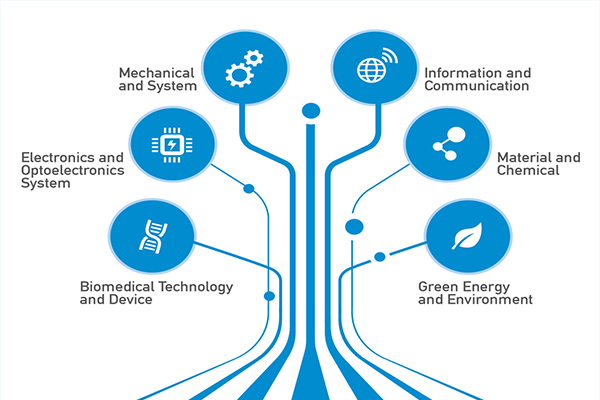Technology Transfer

Technology Transfer
In a high paced and high adrenaline competition, technology has been growing at a frenetic pace. The advancements in the technology space have helped numerous businesses to grow and thrive in the marketplace. Intellectual property rights play a crucial role in protecting new technologies and monetizing through licensing revenue streams. Intellectual property can be in the form of patents, trademarks, industrial designs, copyrights, and geographical indications. Intellectual property, especially patents help in protecting an invention or new technology, thus excluding other to make, manufacture, and sell without the consent of the inventor for a period of 20 years. The term technology transfer is defined as a process in which a firm obtains access to a particular technology developed in another country.
Whether you wish to give away a technology free of charge or to license it, you cannot do so unless you can identify what it is that you want to transfer. You are not entitled to give away something that you do not own. IPRs provide legal clarity and certainty. Whether that IPR bears a price is a subsequent decision. IPRs provide the framework around which legal agreements for technology transfer can be structured. Without IPRs, agreements cannot be properly defined.
An adequate IPR protection can result in a significant impact on technology diffusion and depends on the country’s resources for domestic innovation and development. However, it can also restrict technology diffusion with patents preventing others to make or sell the proprietary knowledge and allowing the inventor to sell at higher prices. On the other hand, IPR can encourage technology transfer through a number of formal channels such as international trade, FDI, joint ventures, and licensing.
